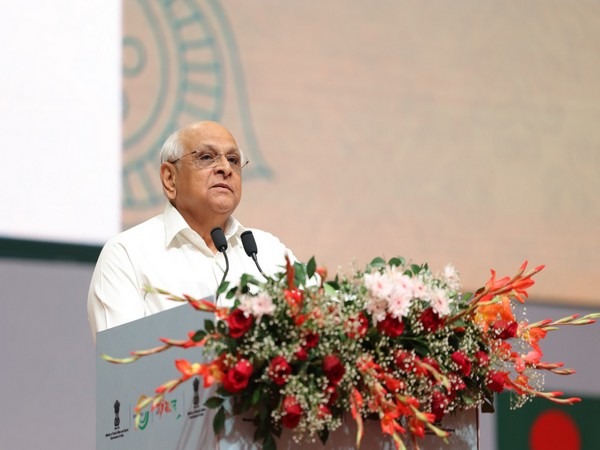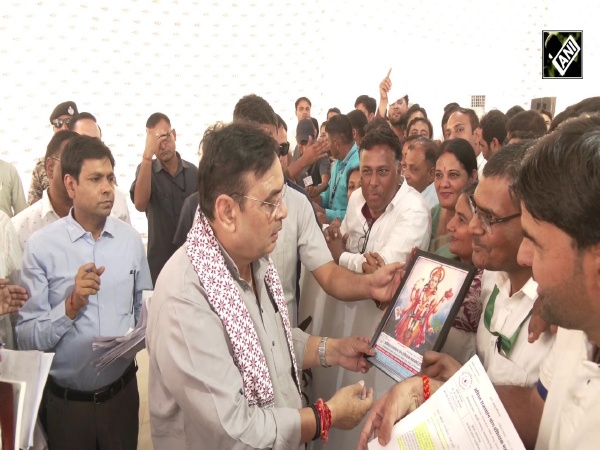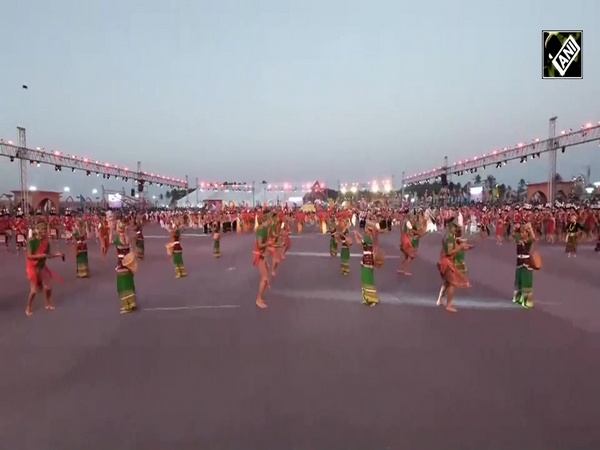PM Modi to chair review meeting today on preparedness to deal with heatwave, upcoming monsoon season
May 05, 2022

New Delhi [India], May 5 : Prime Minister Narendra Modi, who returned on Thursday after completing a three-day tour of three European countries is set to chair an important meeting to review the preparedness for the rising temperatures as well as the upcoming monsoon season, according to government sources.
The Prime Minister is likely to hold seven to eight meetings during the day, the sources said.
Several parts of the country have been reeling under an intense heatwave for the past few weeks with temperatures soaring to an all-time time high at several places.
Average maximum temperatures reached 35.9 and 37.78 degrees Celsius in northwest and central India respectively with both the regions of the country experiencing the hottest April in 122 years.
A hailstorm and rainfall lashed parts of Delhi on Wednesday bringing much-needed relief from the unrelenting heat. The heatwave are likely to return after May 7 as per the predictions of a senior scientist at India Meteorological Department (IMD), RK Jenamani.
Heatwaves are common in India in the spring and early summer, especially in May, which is typically the hottest month. But they are often relieved by the onset of the monsoon season from late May through September.
The heatwave began in late March for northern India and spread into the first weeks of April. Although heatwaves are not uncommon in this region during the pre-monsoon season from April to June, residents and meteorologists have noted that this heatwave was the earliest they could remember.
The average temperature in India in March 2022 was about 33 degrees Celsius, the warmest March ever recorded since records began in 1902.
In major cities such as Delhi temperatures went up to over 45 degrees Celsius. These temperatures are 10 degrees Celsius warmer than the normal high temperatures for April, and approached the all-time record temperatures for the month.
Temperatures in major metropolitan areas can be further exacerbated by the urban heat island effect, increasing local temperatures a few degrees higher than the surrounding countryside.


















